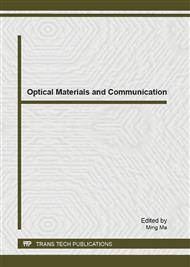p.77
p.83
p.89
p.95
p.101
p.107
p.115
p.121
p.127
Amalgamated Criticality Analysis Methodology
Abstract:
Failure mode effects and criticality analysis (FMECA) is a widely useful design tool for enhancing product quality, safety and reliability. Most of the current FMECA procedure is in accordance with MIL-STD-1629A by which to conduct FMECA and criticality analysis, which is able to prioritize the failure modes and undertake limited corrective actions toward eliminating product risks. However, the criticality analysis calculation and its interpretation for a failure mode have some mathematical difficulties and erroneous omissions. To resolve these problems, this study proposes a new amalgamated criticality analysis methodology, which is knowledge-based to obtain the four different factor criteria and then using the maximal entropy ordered weighted geometric averaging (ME-OWGA) approach to compute the criticality numbers for a system. This study evaluates criticality analysis in the context of a communication system; the experimental results demonstrate that the proposed method is both accurate and provides discriminating analysis information that helps decision making in product design processes.
Info:
Periodical:
Pages:
101-106
Citation:
Online since:
April 2013
Authors:
Price:
Сopyright:
© 2013 Trans Tech Publications Ltd. All Rights Reserved
Share:
Citation:


